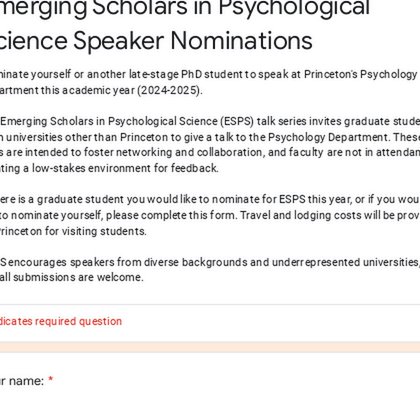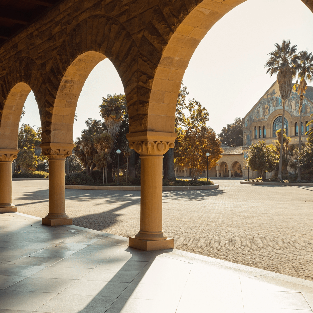
Moshe Poliak
@MoshePoliak
Followers
266
Following
695
Media
16
Statuses
97
PhD student at MIT Brain and Cognitive Sciences, Tedlab. I study psycholinguistics. immigrant 🏳️🌈 he/him ex-STEM-phobic
Joined November 2020
(1)💡NEW PUBLICATION💡.Word and construction probabilities explain the acceptability of certain long-distance dependency structures. Work with Curtis Chen and @LanguageMIT . Link to paper: In memory of Curtis Chen.
1
6
17
RT @_coltoncasto: New paper!🧠**The cerebellar components of the human language network**.with: @smallhannahe @MoshePoliak @GretaTuckute @be….
biorxiv.org
The cerebellum’s capacity for neural computation is arguably unmatched. Yet despite evidence of cerebellar contributions to cognition, including language, its precise role remains debated. Here, we...
0
28
0
RT @HopeKean: New paper with @alexanderdfung, @PramodRT9 , @jessica__chomik , @Nancy_Kanwisher, @ev_fedorenko on the representations that….
biorxiv.org
The ability to reason about the physical world is a critical tool in the human cognitive toolbox, but the nature of the representations that mediate physical reasoning remains debated. Here, we use...
0
33
0
RT @HennaVartiainen: Are you a grad student who wants to give a talk at Princeton, expenses paid? . Nominate yourself or a colleague here!….
docs.google.com
Nominate yourself or another late-stage PhD student to speak at Princeton's Psychology Department this academic year (2024-2025). The Emerging Scholars in Psychological Science (ESPS) talk series...
0
94
0
RT @LanguageMIT: The 2024 winners are:.Mudafia Zafar, "The Role of Locality and Formulation Ease during Sentence Production" (with Samar Hu….
0
3
0
RT @ev_fedorenko: Delighted to share our perspective piece “Language is primarily a tool for communication rather than thought” now out in….
nature.com
Nature - Evidence from neuroscience and related fields suggests that language and thought processes operate in distinct networks in the human brain and that language is optimized for communication...
0
200
0
RT @spiantado: Here's a quick thread to explain a few ideas I am super excited about. There will be a longer (book-length) version of this….
0
12
0
RT @coryshain: 🚨JOB ALERT🚨 2-year full-time research coordinator. Help me get my new language-brain lab at @Stanford off the ground! fMRI a….
careersearch.stanford.edu
The (brand-new) Laboratory for Computation and Language in Minds and Brains (CLiMB Lab, PI Cory Shain) is seeking a full-time research coordinator to....
0
52
0









